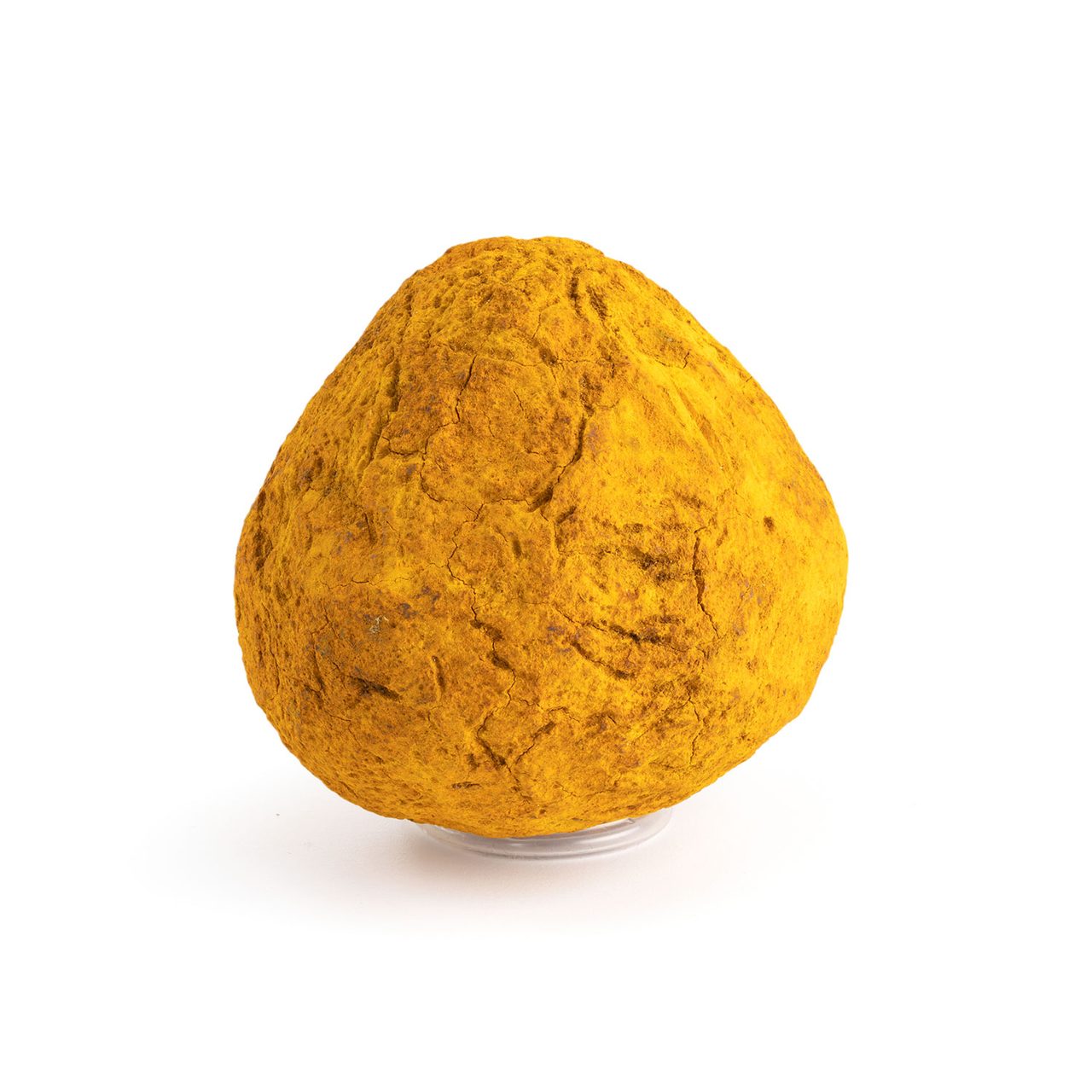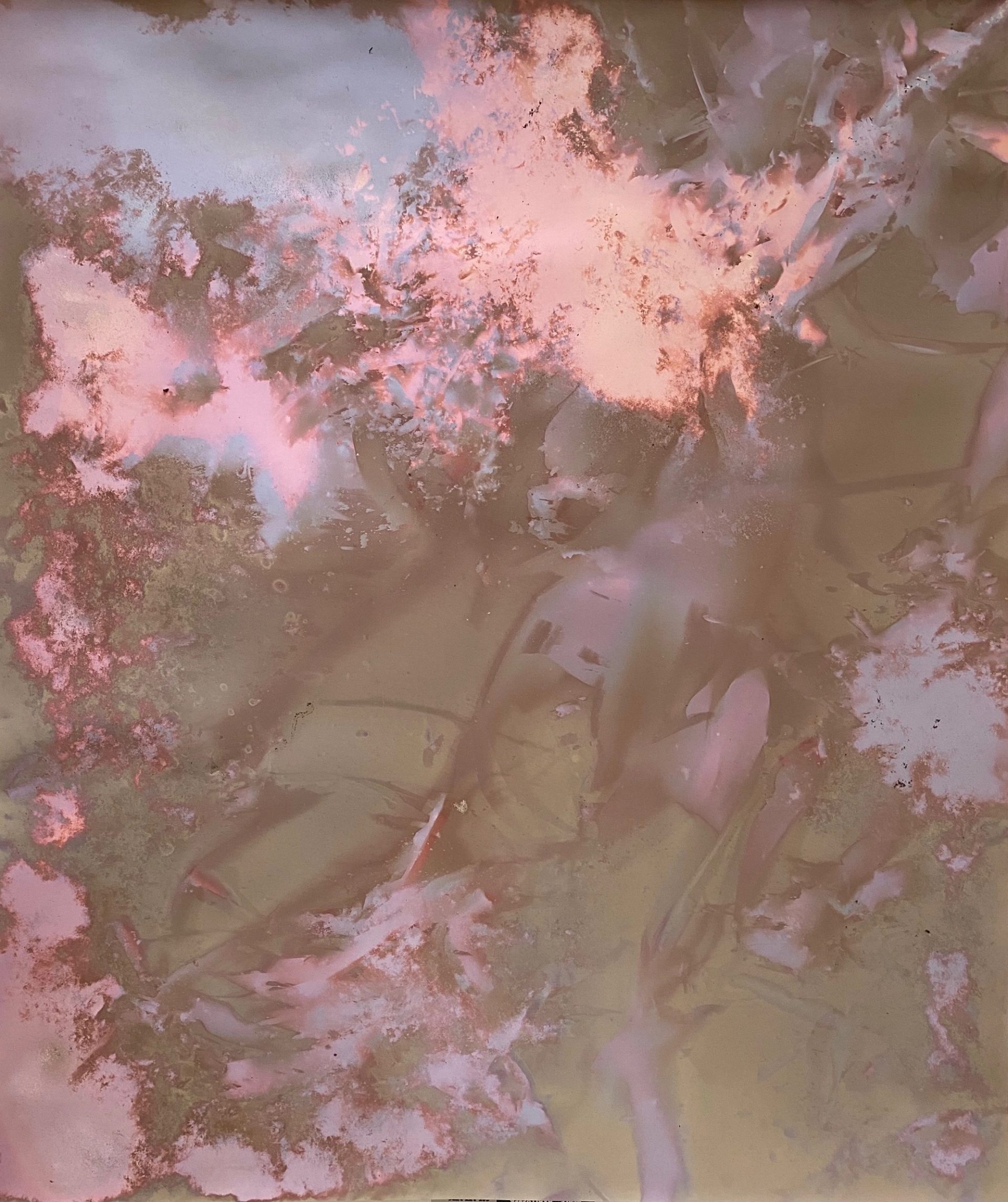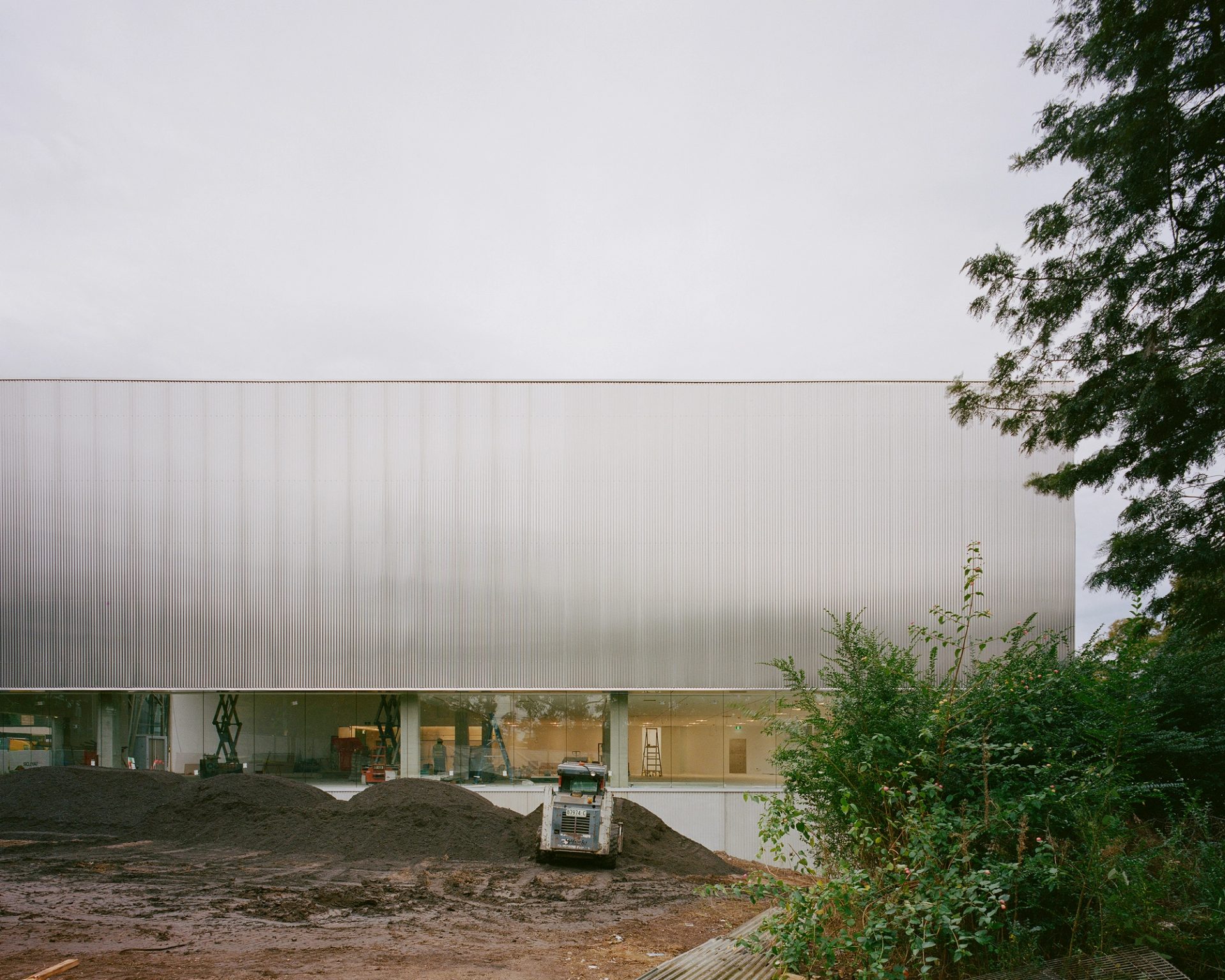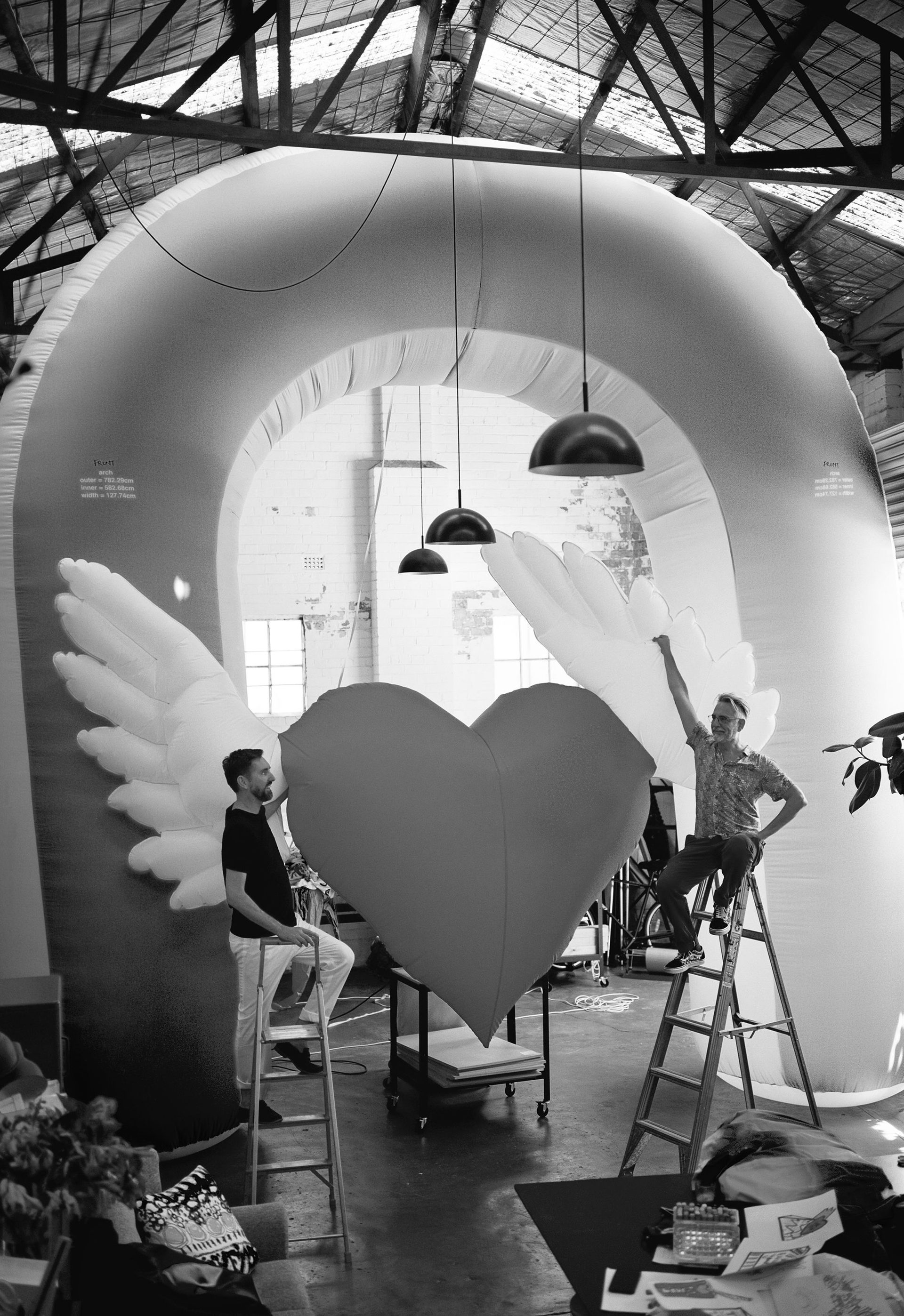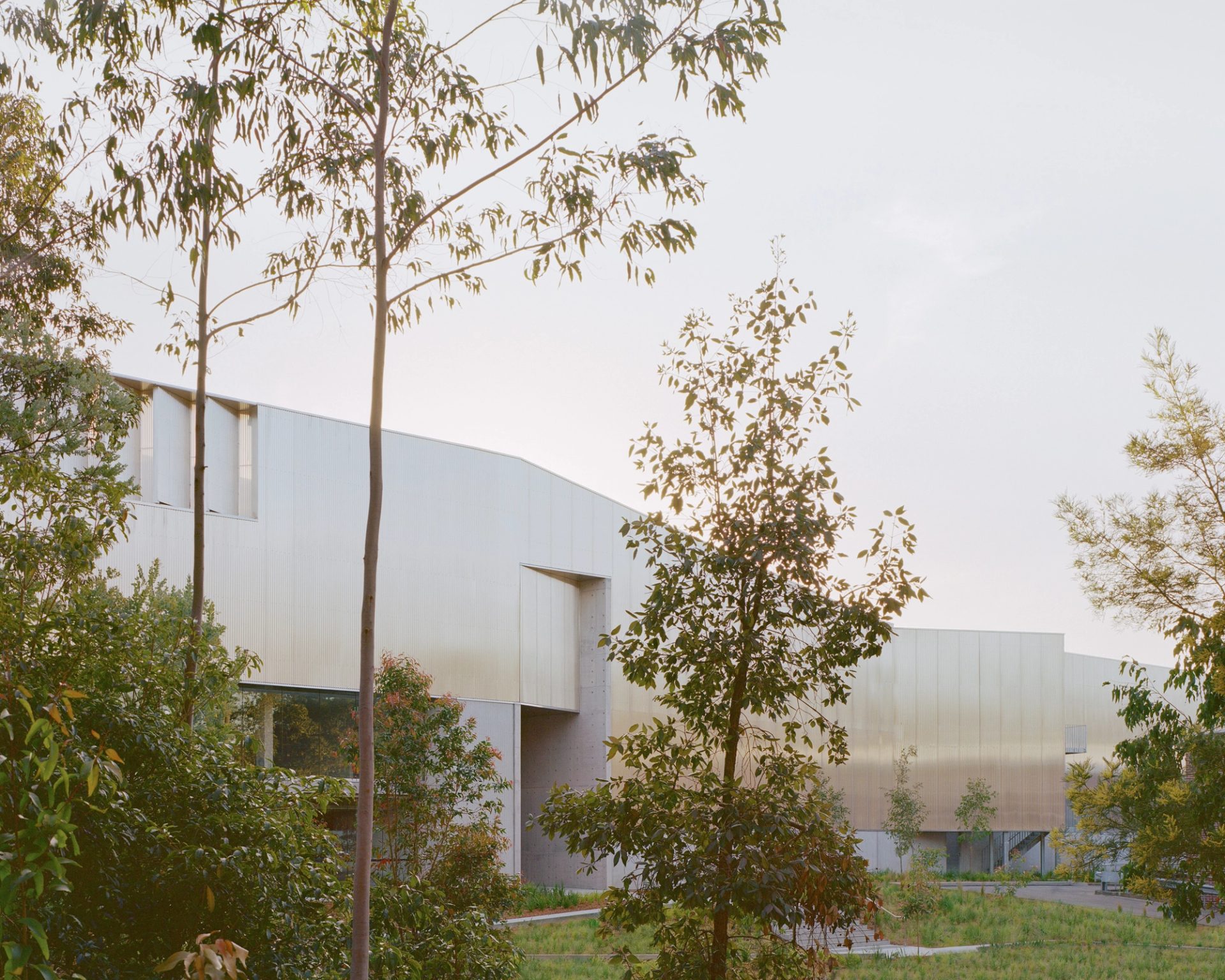We Were Connected in a More Complicated Way Than Either of Us Could Even Begin to Understand

We Were Connected in a More Complicated Way Than Either of Us Could Even Begin to Understand was commissioned by Powerhouse for Holi, the ancient Hindu festival of colours; a celebration of rebirth, togetherness, and the triumph of good over evil.
The work was inspired by Object No. 17431 from the Powerhouse Collection; a specimen of purree (Indian Yellow) pigment that was in common use until the 19th century. It is a dye originating from India, made in the bladder of a cow fed only mango leaves and water.
Watch Film
I recall my mother’s stories about her beloved childhood cow, Monica, and though she denies naming me after her, I like to imagine a past where I existed as this cow and was able to comfort my mum through her difficult childhood.

My father tells stories about the cravings my mother had for mangoes while she was pregnant with me. I imagine my own personal and familial narratives, particularly the convergence of my ancestral roots, which originate from two distant parts of the world. I contemplate my Indian lineage and the representation of cows in Hinduism, drawing parallels to the sacred connection between my mum and her pet cow. I consider reincarnation; the cycle of birth and death, the transience of my body, and the guidance of my ancestors across generations.
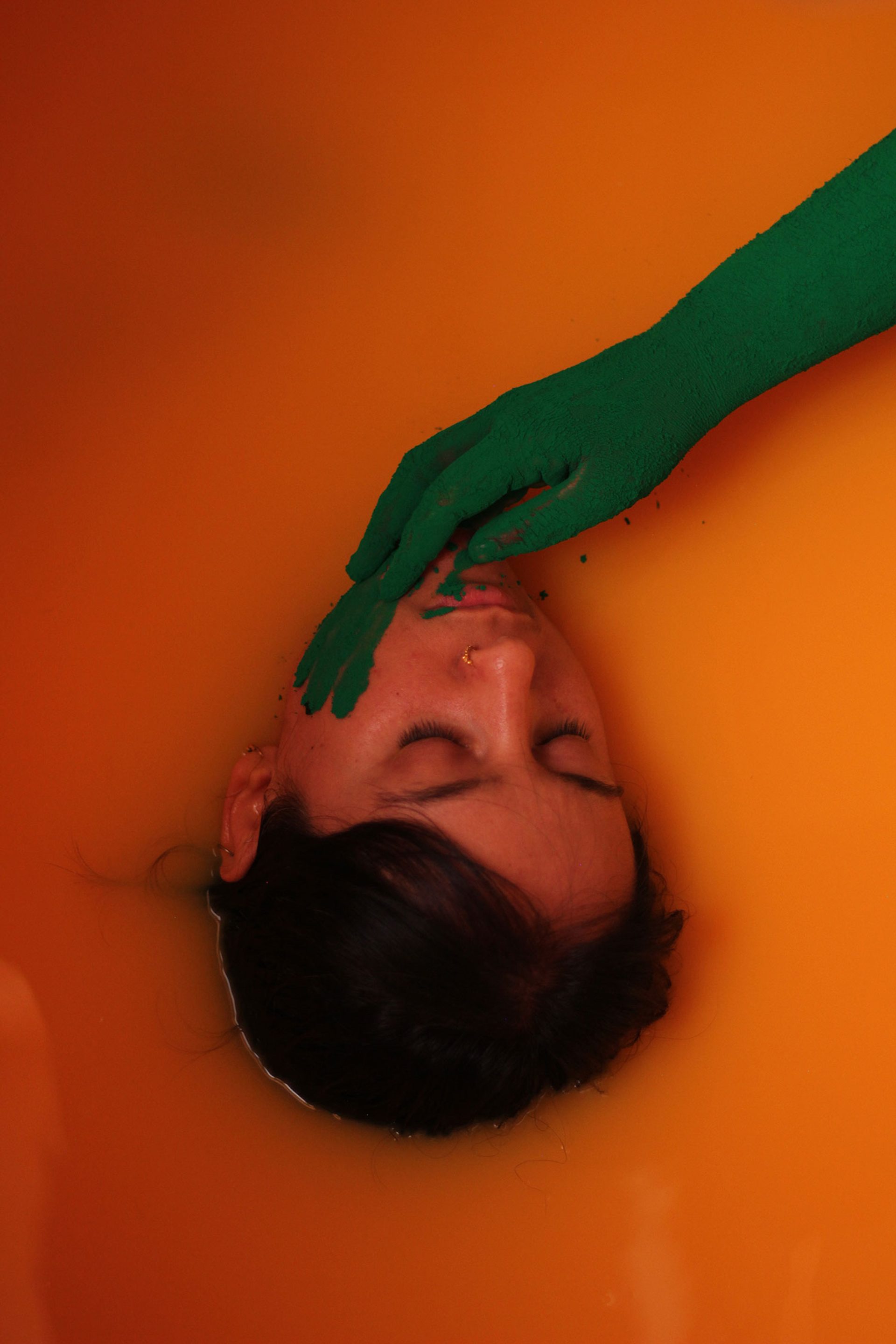
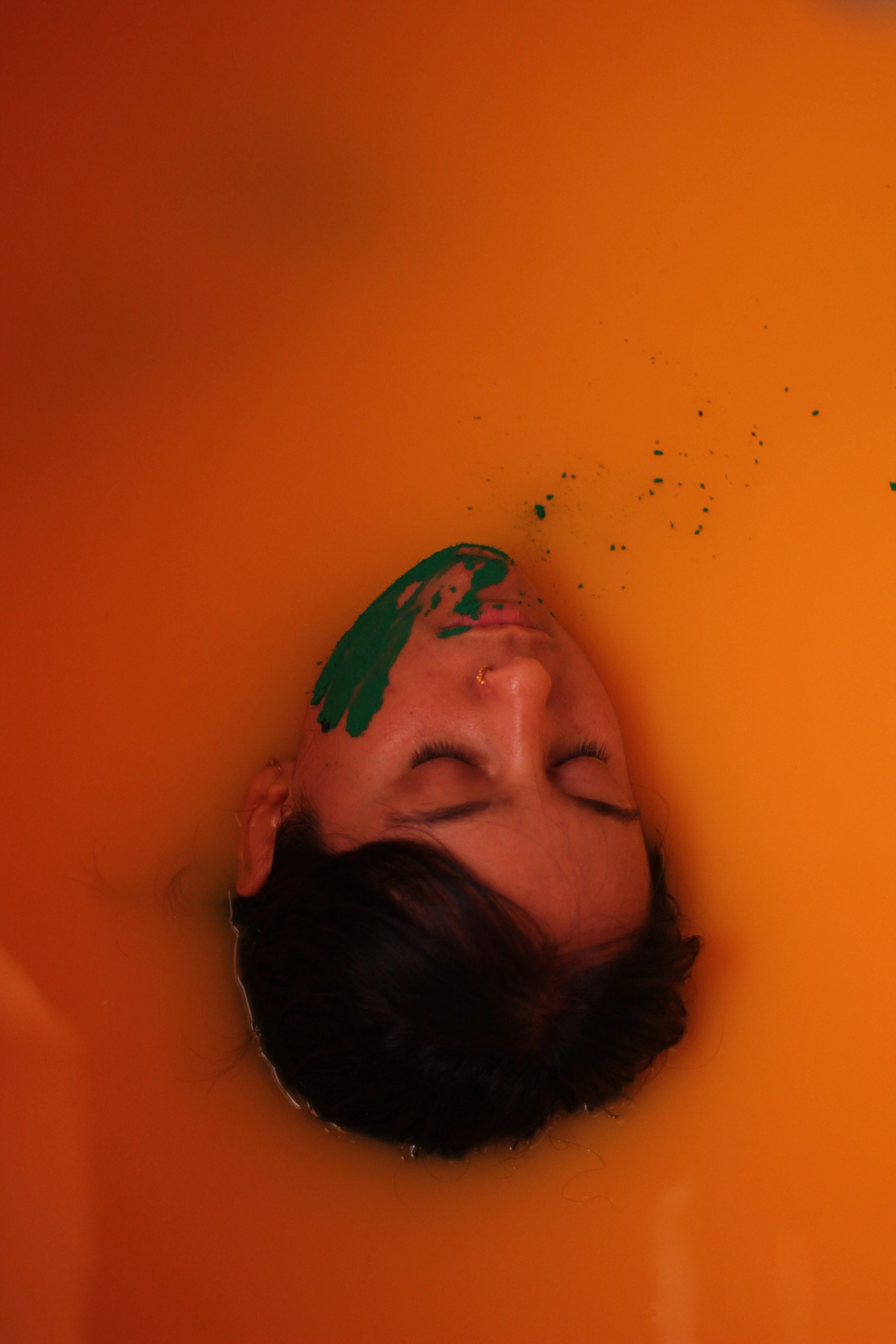
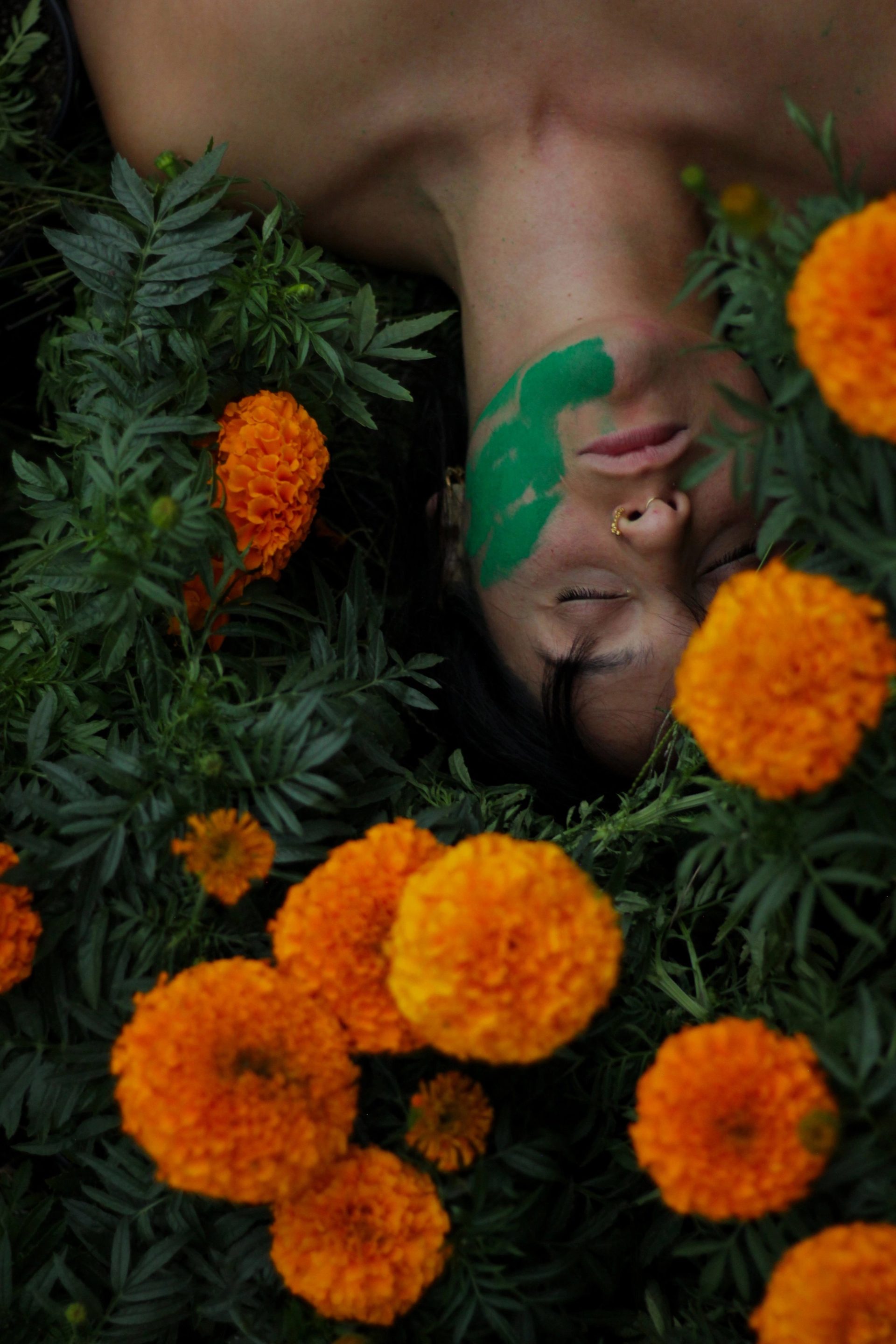

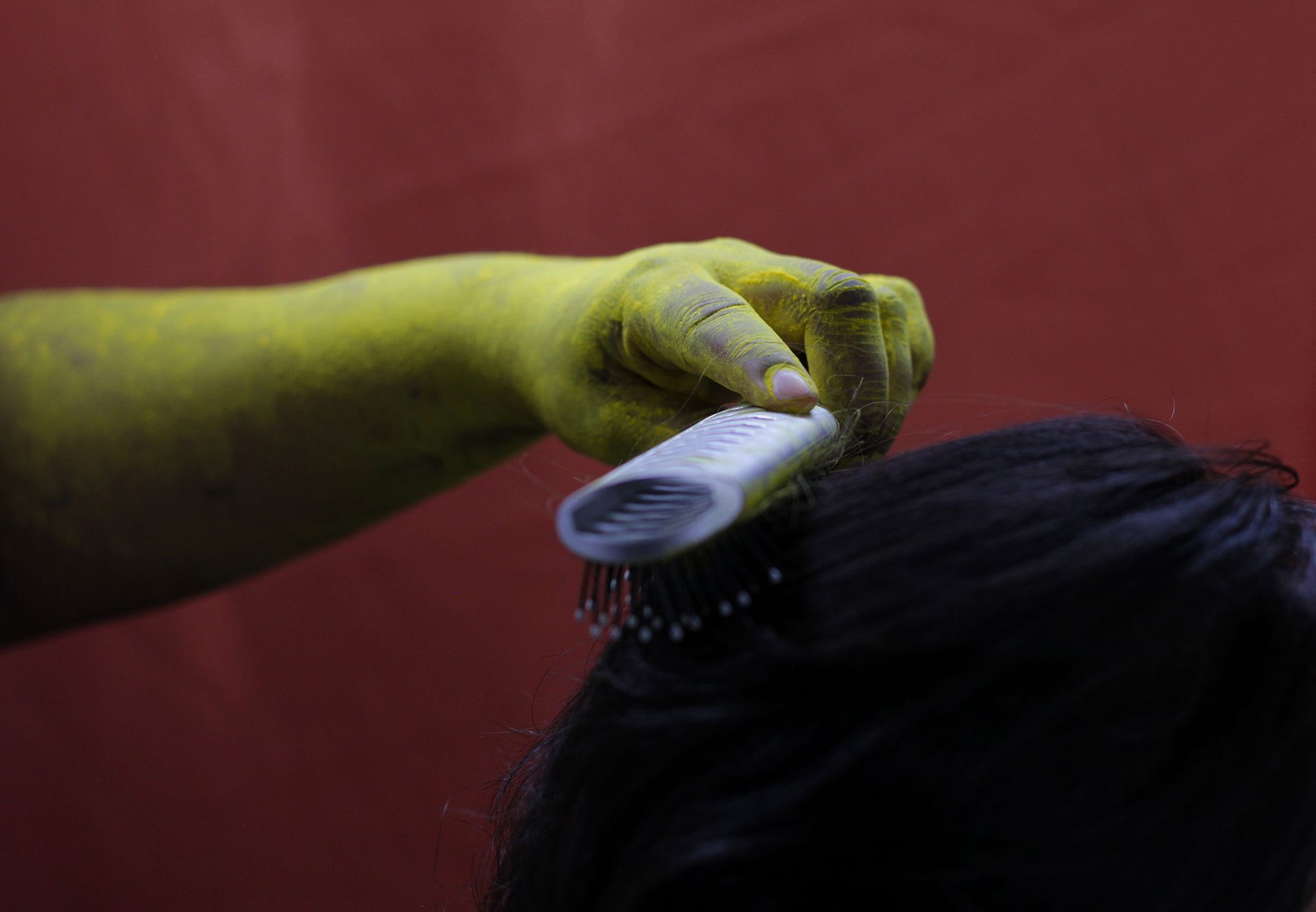
About
Monica Rani Rudhar is an artist working on Gadigal Land across video, performance and sculpture. Born to Indian and Romanian migrant parents, her work speaks to longing and loss as she navigates the cultural disconnection that stems from the complexities of her multi-racial ethnicity. Her work is delicately personal and takes the shape of a restorative autobiographical archive that seeks to record her own histories where these stories can exist permanently, unlike those that have been passed down orally from her family which remain fragmented. Her practice attempts to restore familial histories, traditions and rituals that have been dispersed by migration and draws on the labor required to move past barriers that stand in the way of reforging these connections.

















